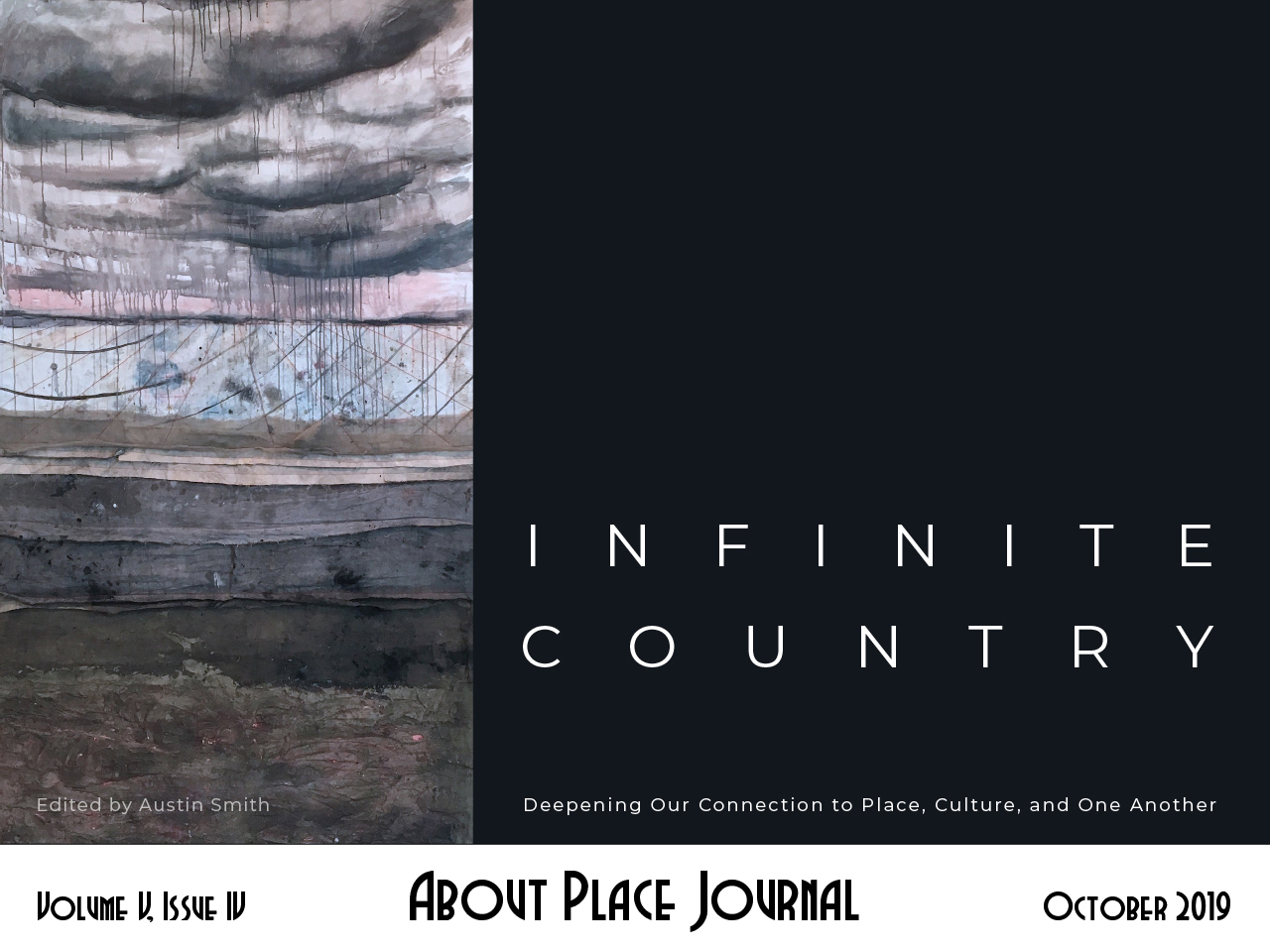My best friend was scornful of anyone who was not from the country.
“City people,” she scoffed. “City people think they are listening to crickets.”
We were walking by the confluence of Toby Creek and the Clarion River. This was a favorite swimming hole and during the summer months, we would spend hours floating through the gentle, cool ripples. At that moment, however, it was still too cold to think of swimming. She pointed towards the muddy banks, where weeds, once brown and winter brittle, were slowly springing to life.
“Listen.” She paused, then shook her head slowly, suddenly appearing much older than she was. We were both seven. “Crickets. Huh.”
I paused. The air pulsed with song, a chorus of high pitched calls that sounded a little like sleigh bells on television Christmas specials. I didn’t want to admit that I didn’t how what the sound was. I didn’t want to put myself in the same category as those city people. And I really couldn’t, I tried to reason with myself. Yes, it was true that I wasn’t a farm girl like my best friend, but even as a child, I knew that my small town of Ridgway, Pennsylvania, population of not even 4,000 people, was hardly a city.
I turned to look at her. “Spring peepers,” she said. Then, she paused, as if seeing my face for the first time and understanding that no, I didn’t know the music that trilled through the air. “Little frogs,” she added, bending her thumb towards her pointer finger to show their size.
The chorus throbbed around us, and I could barely hear what she was saying, but I wanted to see what kind of frog she was talking about, so I slowly made my way towards the pool.
But that evening, I never saw a spring peeper. Every time I stepped near the sound, the weeds grew silent.
Over fifty years ago, a small town Pennsylvania girl like myself described a natural world without sound: “There was a strange stillness. The birds – for example – where had they gone? Many people spoke of them, puzzled and disturbed. The feeding stations in the backyards were deserted. The few birds seen anywhere were moribund; they trembled violently and could not fly. It was a spring without voices.”
Rachel Carson’s introduction to her book Silent Spring is often quoted as the beginnings of the modern environmentalist movement, and it’s a passage I think about often, especially on those few nights when I drive home on back country roads that should be pulsing with music of the natural world, but instead, the air is unsettlingly quiet.
And yes, “unsettlingly” is the word that I want to use. Every horror or suspense movie shows that when a scene in nature is suddenly still, so still that there is no bird song or rustling from squirrels or chipmunks, something is very, very wrong.
What is wrong now is that I don’t hear the music that I used to hear as a child. The songs of the natural world are muted, disappearing, like other parts of nature that were once so familiar to me. Because of White-nose Syndrome, many bats are dying, and indeed, several species are threatened with extinction. Colony Collapse Disorder is killing honeybees. And I no longer see many Monarch butterflies due to habitat destruction.
Frogs, too, are disappearing.
Like many amphibians, frogs are greatly influenced by climate change. They are extremely sensitive to sudden variations in temperatures, so much so that their reproductive cycles and food schedules have been disrupted by global warming. Of course, habitat destruction has also had an impact on frog populations.
So, while I still listen to the music of the natural world, most of the time I have to strain to hear the chorus of the spring peepers, the guttural vibrating call of bull frogs and the odd clucking of wood frogs. Their songs are becoming quieter.
My student is homesick for her home in Puerto Rico. She misses everything there, the weather, the food, her friends, her grandmother. “Even the damn frogs,” she says.
My student is young. She is a single mother struggling to raise a little girl, work, and take classes at the community college where I teach. It’s the end of the semester and she is exhausted. We are sitting in my office, which is a mess of books, papers, pens and empty coffee mugs.
“Frogs?” I ask, partly to distract her from her tears, but also because I have no idea what she is talking about.
“Yes,” she says. “Those Puerto Rican frogs. The Coqui.” She imitates their song, Co KEE, Co KEE, Co KEE, and we both laugh. She shakes her head. “They are so annoying. When I moved to New York, I used to hear them in my sleep.”
Later, after she has left my office, I google the word Coqui on my computer. In just a few moments I learn that the coqui is a general name for many species of small frogs in Puerto Rico. The coqui is a very important part of Puerto Rican culture and has made its appearance in everything from children’s books to a song by the Puerto Rican band Menudo.
The inevitable YouTube videos come after, and soon, with the sound down low so I won’t disturb others around me, I find that I am traveling out of my office. The Co Kee, Co Kee, Co Kee song that my student had tried to imitate is very clear, and for a moment, I remember those spring days as a child, when the spring peepers’ chorus was strong, and their music was something that I took for granted.
I’m no longer in a world of ungraded papers and unread emails. Instead, I am in a place that I don’t know, but find comfort in music that is new to me.


